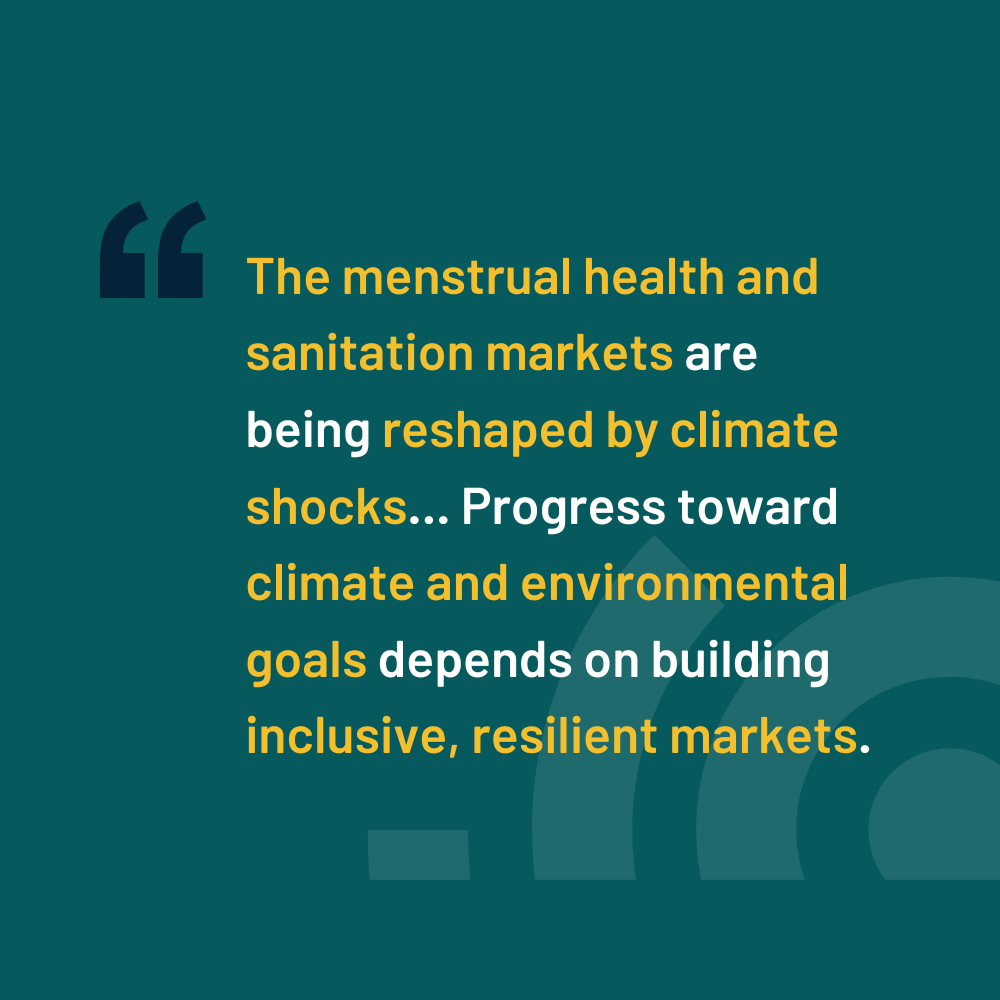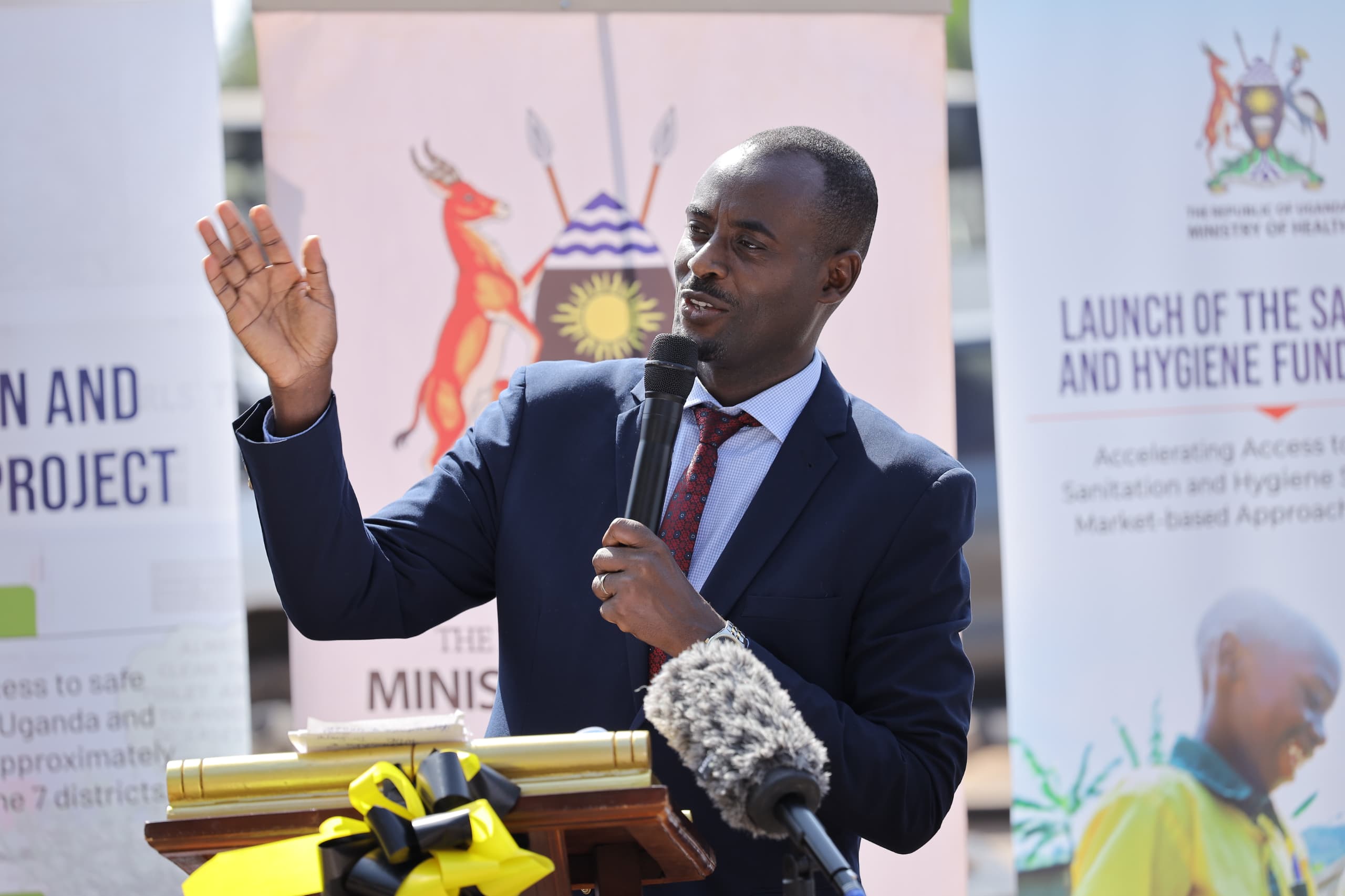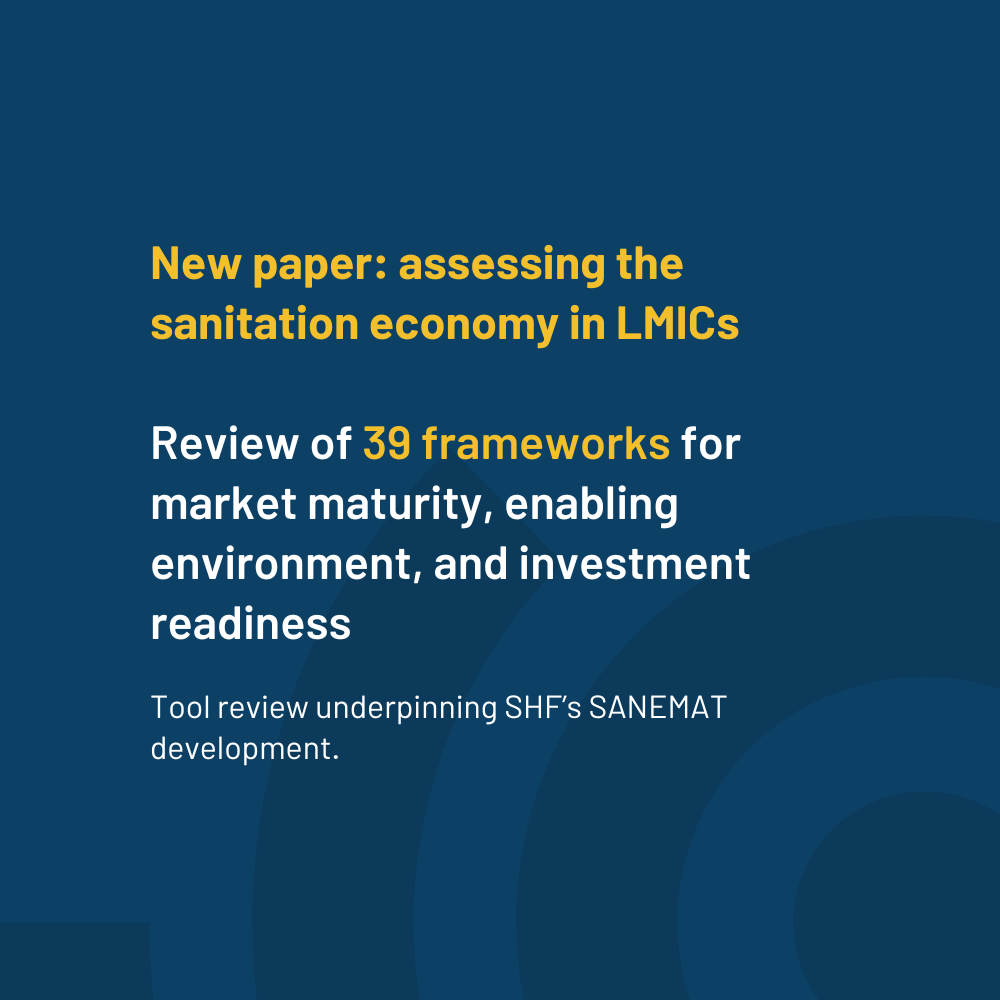
“Curing diseases starts with sanitation and hygiene” - An Interview with Uganda’s Health Commissioner, Dr Herbert Nabaasa

As Uganda prepares to unlock an additional USD 1.5 million for sanitation alongside its Health National Adaptation Plan (HNAP), SHF met with the country’s Health Commissioner Dr Herbert Nabaasa to unpack the factors driving its bold actions to put sanitation at the centre of its health-climate-gender ambitions.
Q. The links between sanitation and public and environmental health are evident. And yet, few countries act decisively to address their preventable disease burden through action on sanitation. What made Uganda take this bold stance?
A. Uganda’s bold position comes from engaging on this issue at the highest level possible. From the office of the President to all relevant ministries, and across sub-national entities and communities, there exists today the highest level of ownership and support for sanitation and hygiene and this has helped socialize the issue across government and the country.
As a result, there is also increased recognition of the cross cutting nature of these issues which has led to increased coordination. We are moving away from the siloed way of doing work which can make it impossible to achieve targets. Instead, we have now put in place a National Coordination Roadmap and National Steering Committee for sanitation and hygiene which looks at planning, resource mobilization and delivery together. Everything is accountable and with this collective accountability comes collective ownership and from there, boldness because we know we are working towards the same goal.
Q. What have been the biggest challenges thus far in galvanizing public momentum and funding for sanitation as part of the national health and climate adaptation agendas?
A. The challenges are many but not insurmountable. The obvious challenge is low funding which continues to hamper implementation and this situation is not limited to Uganda alone. Sanitation and hygiene are low priority and one must create a case for increasing financing. In Uganda, 90% of the funds for sanitation come from development partners so public financing is very low. In addition, public funds are often invested in big infrastructure and there is a need to explain to decision-makers the role of investing in sanitation and hygiene.
Another challenge has been disjointed or siloed efforts - difficult to know who is doing what and where. But the national coordination approach is trying to narrow the burden of this challenge which has in the past created duplication and wastage.
Perhaps one of the biggest challenges is creating a mindset shift and seeing sanitation and hygiene as an investment opportunity. My department has worked very hard on this front, presenting hard facts and regular reviews to explain the role of sanitation and hygiene in disease prevention. This is a perspective that appeals to both public and private funders who also understand it in light of recent and emerging outbreaks such as Ebola and COVID-19. But repetition is key, more so as we anticipate increased risk of outbreaks in a rapidly warming world.
Q. You touch upon an important point - there is today increasing awareness on the sanitation-health-climate nexus and the interlinkages between these. How does Uganda aim to address this?
A. Uganda has taken a number of steps in the past decade on climate change and recently, we have moved to integrate health into these as well.
The impacts of climate change on people and their health are evident, from food and water insecurity to the risk of extreme weather events and their disastrous aftermath.
We have undertaken a vulnerability assessment which we presented at the recent climate COP28 and importantly, that has fed into our HNAP which is currently under finalization. As we look toward implementation, we are hopeful that this integration of health into climate will also help us tap into climate finance, both on the public and private fronts. Resilience building is fundamental in the climate crisis and by integrating health and climate into our national planning and development, we hope to build the resilience of communities, systems and infrastructure effectively.
Q. Could you please describe the focus of Uganda's Health National Adaptation Plan (HNAP) in a few words?
A. HNAP brings together our growing understanding that focusing on certain key areas will also help us to address climate impacts on health. Through HNAP, we aim to increase governance and leadership on climate change and health to change the current landscape and also, build resilience for the future, whether that is for communities, systems or infrastructure. Specifically, HNAP aims to look at all dimensions of health on a rapidly warming planet, from skilled workforce development and integration to early warning systems and building resilient infrastructure which can weather extreme events better. Importantly, it also provides for adaptation where preparedness is not possible and with all of this right information, we can hopefully advise decision-making and attract financing based on evidence.
Q. What would be your advice to nations seeking to increase investment in sanitation as part of their health or environmental policies/budgeting?
A. Whether it is sanitation, hygiene or menstrual health, these are all social and economic issues and the turnaround potential for them is tremendous. The potential of the sanitation economy can be worth billions of dollars so we need to ensure both the public and the private sectors are on board and are prioritizing differently. We have to make the business case and present it as such and then we can hopefully see a sea change in mindsets and financing.
Other important actors to bring on board are the development partners. These are critical for the last mile delivery as well as funding in many instances, and it is essential to make sure they are aligned with the vision of the government and planned interventions to reduce wastage, duplication or even gaps!
Q. Speaking of development partners, could you also explain how the partnership with the UN's Sanitation and Hygiene Fund (SHF) is aligned with Uganda's economic, health and environmental ambitions? How would you see it being enhanced?
A. When SHF started, we agreed with the team to aim for the highest level of integration to have the most catalytic impact. With the launch of the SHF project in March 2024 with the highest level of engagement from the government, the Prime Minister’s Office and all relevant ministries, we have really hit the nail on the head and this is testament to how well aligned the SHF model is with our own thinking and ambitions.
The biggest components of the SHF intervention are the key focus areas we have identified over the past year and a half and that we are now able to activate with our joint funding. We are excited to be working together with SHF on integrating sanitation into the climate and health plans, the cost of inaction study and working with implementing partners on last mile delivery and ensuring sanitation and hygiene are set up as first lines of protection against emerging and re-emerging outbreaks of cholera, Ebola etc. We believe our work together on sanitation policy development is going to be one of a kind and will also demonstrate what is possible when you don’t simply use money as charity but plan and invest it to affect real change.
Q. Commissioner, thank you so much for your time. If you could share a message from Uganda to potential investors looking at sanitation, hygiene and menstrual health as their next investment opportunity, what would it be?
A. It is now evident that the next investment is in sanitation and hygiene or the sanitation economy, which represents massive untapped potential. For all the people who want to come on board and remove the disease prevention gap, the economy is there, we need to catalyze it - what we are doing is looking at how the government can incentivize the private sector to fully come on board and invest. We have a lot of money under grants in public financing and if this is well aligned and guided, we are seeing how we can use this through regular reviews and discourse to redirect into disease prevention. Money poured into sanitation and hygiene can reduce up to 60% of disease burden in Uganda and then you can have guaranteed returns on investments. Catastrophic expenditures on health could be averted and invested in other areas. Development partners must see and use this. Curing diseases starts with sanitation and hygiene, together we can be saving money and most importantly, saving lives.



